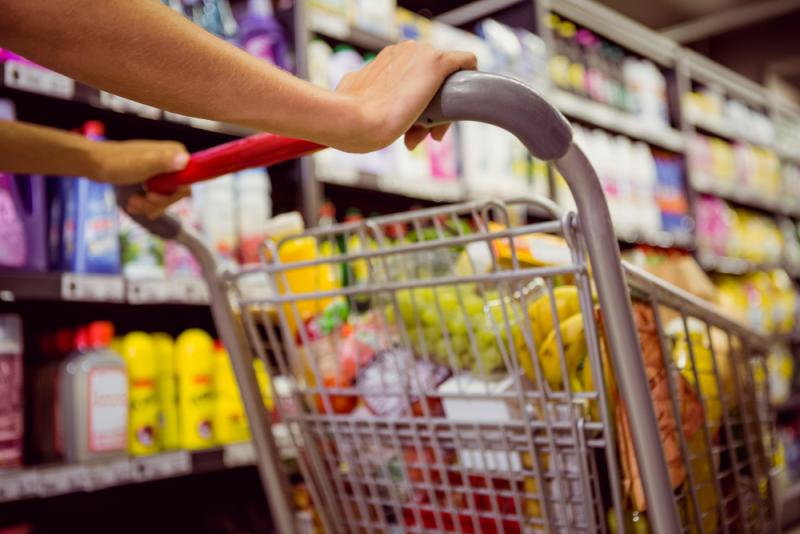SNAP Cuts Drive More Consumers to Private Brands
Consumers impacted by the recent expiration of the SNAP Emergency Allotments (EA) program are augmenting their shopping habits, which is leading to an increase in private brand purchases, new research from Numerator shows.
An analysis of data by the market research firm found that SNAP consumers are trading down to reduce cost. In Numerator’s April consumer survey of SNAP recipients, 49% said they had switched to a cheaper brand, up from 43% in February. Additionally, 34% said they were buying private brand products, up from 29%.
The only cost-saving measure that declined from February to April was “stocking up during a sale,” which fell from 48% in April from 54% in February.
Also notable, shifts to private brand products are happening in categories beyond grocery. From March 2022 to March 2023, private brand product sales gained a disproportionate share among SNAP recipients living in states that dropped the EA program when compared to non-recipients. This growth was seen in several categories including grocery, health & beauty, baby, and home & garden.
Numerator figures show that grocery units purchased by SNAP recipients no longer receiving EA benefits were down 12% in March, twice the rate of decline for non-recipients. A majority of consumers receiving government assistance said their allocation only lasts them two weeks. In September of 2022, that figure was 41%.
Departments that showed the largest difference between SNAP recipients and non-recipients living in states that dropped the EA program included shelf stable meals (SNAP recipients down 21% in March 2023 compared to the previous year), meats (-18%), frozen foods (-16%), and herbs & spices (-15%).



